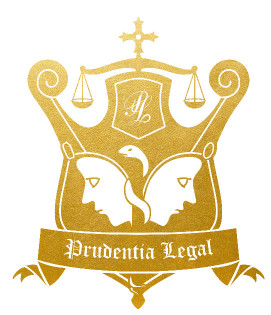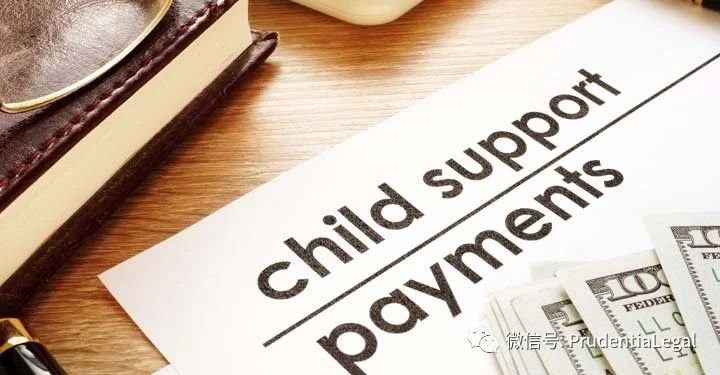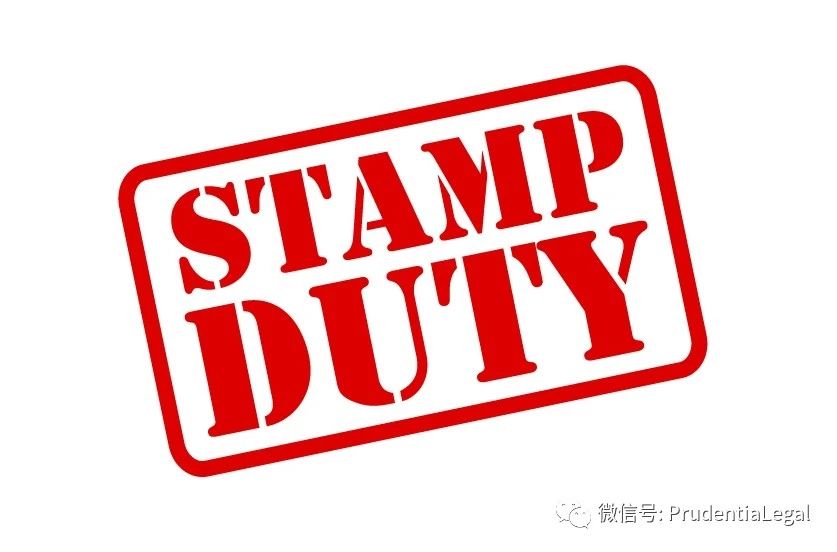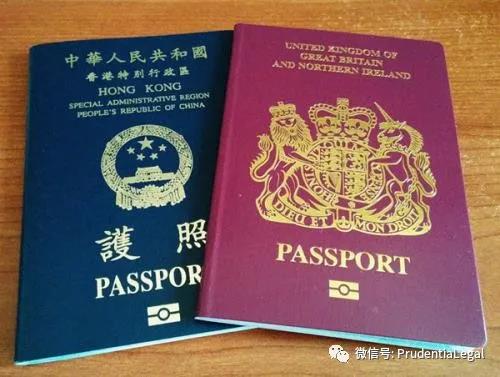Why are Family Trusts Established?
A family trust is a discretionary trust set up to hold family assets and conduct family businesses. They may protect the assets of the family and may reduce tax liabilities. Family trusts are usually set up prior to marriage or for the benefit of children.
A trust involves three parties: settlor, trustee(s) and beneficiaries. The settlor is to execute a trust deed and transfer family assets to the trust. The trustee is the manager of the trust, a person who makes possible investment decisions with regards to the family assets and to distribute to the family the income from this investment. The beneficiaries are people of whom the trust is intended to benefit, most likely family members in the context of a family trust.
Real estate, cash, stocks, antiques, artworks and other valuables can be placed into such a trust. The establishment of a trust removes property from the ownership of a person, hence the property transferred to the trust will be protected from creditors in the case of bankruptcy of this individual or when this person is being sued in a private capacity.
A stamp duty is to be paid to the State government ($500 within three months of establishment of the trust in New South Wales; $200 within 30 days of establishment of the trust in Victoria). An Australian Business Number (ABN), Tax File Number (TFN) and bank account have to be applied for this trust.
The assistance provided by a lawyer is crucial in effecting your objectives in protecting your assets, as trust arrangements can be complicated and should be tailored to suit every circumstances of different family backgrounds.
TAX CONSIDERATIONS
In a discretionary family trust, the trustee may distribute the income of the trust to beneficiaries prior to taxation. The distributed income will contribute to the beneficiaries’ personal taxable income. The distribution may be flexibly adjusted according to each beneficiary’s income levels to take advantage of the tax allowance available and avoid tax outcomes not advantageous to the family.
SCENARIOS
1. Protecting Family Assets from Marriage
It should be noted that the High Court of Australia in the leading case of Kennon v Spry (2008) 251 ALR 257 has made specific decisions on the understanding of matrimonial property in the context of divorce. When one of the partners have control of the trust and are beneficiaries themselves, then the trust property will be considered “property of the parties to the marriage”, that is, property that the Court may distribute in divorce proceedings. Another condition under which trust property will be considered “property of the parties to the marriage” is when a party to a marriage had contributed to the property and enjoyed the use of the property.
There are many case law on the decision of the Courts under different circumstances. The focus should be placed on the control of trust property. A family trust intended to protect assets from the other half should be set up with the element of control in mind. If a party to the marriage is removed from the position of control and do not have the power to determine the application of the assets, then the concerned property should not be considered matrimonial property.
Before Marriage
In the situation where parents assisted their child in purchasing a property by providing a portion of the payment, they may wish to retain their beneficial ownership of the property and not intend the property to become a matrimonial property due to their child’s marriage. Parents may intend that gifts to their children not be divided with the marriage partner of the child in the event of divorce. The establishment of a family trust may allow your child to enjoy the benefits of the property without taking up ownership of the property that may expose oneself to division of property.
During Marriage
Family assets may be made distinct from matrimonial assets during marriage by making clear the intention of the parties to the marriage.
After Marriage
In the event of divorce proceedings, these documents establishing the intention of the parties may assist in the property settlement proceedings.
2. Protecting Family Assets for Benefit of Children
The assets placed in a trust will no longer be under your name, hence they will not be considered your assets and you will not be taxed on the income of the trust. Similarly, the potential benefits to be received by the children as beneficiaries of the trust are not part of the assets of the children, and will not be considered if the children may wish to satisfy any means test based on their income.
Expenses related to the needs of the children, such as school fees, may be distributed to the children to make use of the children’s tax thresholds and reduce your taxable income.
The trust documents should be drafted such that further family members, such as babies born into the family, may be added as beneficiaries at a later date without having to resettle the trust.
3. Protecting Family Assets for Inheritance
Families may want their assets to be transferred to the next generation towards the end of their life without implications. A family trust arrangement may assist in providing a stable and sustainable source of income for the benefit of later generations.

Please note:The contents of our publications are intented for general information purpose only, and should not be construed as legal advice on any matter. The constent is subject to change without notice.
No person may rely on any information contained in this website.
The contents cannot be quoted or referred to in any other publication or proceeding without the prior written consent of Prudentia Legal Pty Ltd, to be given or withheld at our discretion.

相关内容
-
 详情
详情Avoiding Fraud – Importance of Legal Advice Illustrated by Two Cases
Avoiding Fraud– Importance of Legal Advice Illustrated by Two CasesPrudentia Legal: Edmund Leung2021-09-10Believing in the wrong person may lead to significant consequences, as once again demonstrated in recent cases in our firm. Sometimes mistakes may even compound on each other to rea
-
 详情
详情Temporary changes States have made to signing, witnessing or attending to documents
-
 详情
详情Employees or Contractors – A Discussion on New Developments for App Transport and Delivery Platforms
The gig economy has become everyday occurrence in the past decade. It has also developed in a way exceeding what may be originally envisioned. From the consumer’s perspective, the ease of on-call services for transport and food delivery alike has led to an explosion in demand, with many newcomers t
-
 详情
详情Summary of changes to the new VIC Residential Tenancy laws
The start date of the Residential Tenancies Amendment Act 2018 (the “ACT”) which outlines the framework of Residential Tenancy laws has been delayed due to coronavirus (COVID-19), with the amendments to be introduced by 29 March 2021, rather than the original 1 July 2020. The Residential Tenancies
-
 详情
详情Acting as Witness in Legal Proceedings
While direct involvement in criminal matters or civil litigation might not be that common for a person of the general public, it might well be possible that you have witnessed a crime or an event, and may be required to give evidence in court as a witness. What does being a witness entail? Speaking
-
 详情
详情Child Maintenance Trust
Division 6AA section 102 AG of the Income Tax Assessment Act 1997 (Cth) provides that a Child Maintenance or Child Support Trust (“CMT”) can be established following a relationship breakdown. Simply speaking, A CMT is a discretionary trust specifically set up to provide support for a child (or chi
-
 详情
详情Recent Changes to NSW Stamp Duty and Land Tax Policies
Stamp DutyThe New South Wales government has previously announced that they are introducing new legislation to increase the threshold amount for offering stamp duty exemption or reduction for first home buyers, such that purchasers of higher-priced properties may also benefit. This policy change has
-
 详情
详情House and Land Package – Some tips to share
House and Land Package – some tips to shareIntroductionIt’s noted the “house and land package” in the property market has maintained its popularity over the years. It’s difficult to find a brand new four-bedroom free-standing house within a 30 km radius from the Sydney CBD under $1 millio
-
 详情
详情New Australian Visa Policies Applicable to Hong Kong
The Prime Minister of Australia, the Honourable Scott Morrison MP, has announced yesterday that new visa policies and measures aimed to attract students and business talents from Hong Kong to Australia, and allow them to stay in Australia, will be offered to “Hong Kong passport holders”. It is not
-
 详情
详情Off-the-plan Stamp Duty Concessions in Victoria
The state of Victoria, specifically its capital Melbourne, has many high-rise and multi-occupancy residential developments completed and ongoing. Regeneration and redevelopment projects resulting in high-rise skyscrapers have dramatically changed Melbourne’s skyline in the past decade. Such multi-o
-
 详情
详情Intervention Orders In VIC
An individual (the applicant) (or police department but today we only talk about the individual application) may apply for an intervention order in the Magistrates Court of Victoria which places legal restrictions upon another individual (the respondent) and prohibits the respondent from engaging in
-
 详情
详情Preparation of Contract for the Sale and Purchase of Land in New South Wales
A contract for the sale and purchase of land (Contract) comprises three sections: The first being the substantive contract, usually the standard contract drafted by the Law Society of New South Wales and the Real Estate Institute of New South Wales, containing general conditions; the second being th